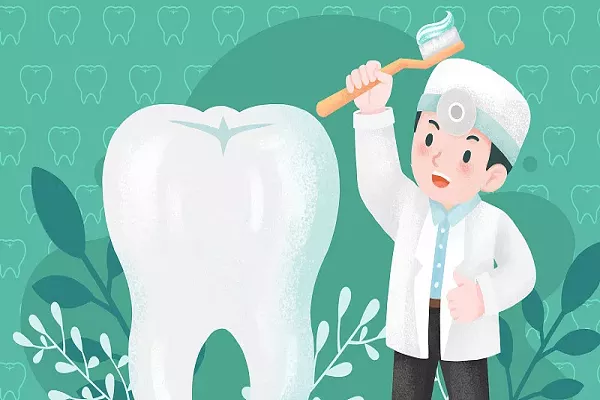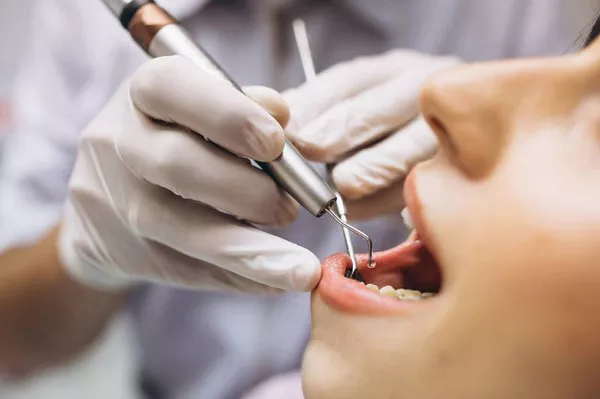Periodontal disease, also known as gum disease, is a prevalent oral health condition that affects the gums and supporting structures of the teeth. If left untreated, it can lead to serious consequences such as tooth loss and systemic health issues. Patients diagnosed with periodontal disease often wonder about the duration of treatment required to address this condition effectively. This article aims to provide insights into the various stages of periodontal disease treatment and the timeframes involved for different individuals.
Understanding Periodontal Disease
Periodontal disease is caused by bacterial plaque buildup on the teeth and gums, leading to inflammation and infection. As the disease progresses, it can cause the gums to recede, form periodontal pockets, and eventually damage the bone supporting the teeth. There are two main stages of periodontal disease:
Gingivitis: This is the initial stage of gum disease, characterized by red, swollen gums that may bleed during brushing or flossing. At this point, the damage is reversible as the bone and connective tissues are still unaffected.
Periodontitis: If gingivitis is left untreated, it can progress to periodontitis, where the inner layer of the gum pulls away from the teeth, forming pockets that trap debris and bacteria. As the body’s immune response fights the infection, it can lead to the breakdown of bone and connective tissues, causing irreversible damage.
Treatment of Periodontal Disease
The treatment of periodontal disease aims to eliminate infection, control inflammation, and prevent further damage to the gums and supporting structures. The duration and intensity of treatment can vary based on the severity of the disease and individual patient factors. Here are the primary steps involved in treating periodontal disease:
Initial Evaluation (1-2 Visits)
During the initial evaluation, a dentist or periodontist will assess the patient’s oral health, perform a comprehensive examination, and evaluate the extent of periodontal disease. X-rays may be taken to determine the level of bone loss. The number of visits for this stage generally ranges from one to two.
Scaling and Root Planing (1-4 Visits)
Scaling and root planing, also known as deep cleaning, is a non-surgical procedure performed to remove plaque, tartar, and bacteria from the tooth surfaces and root surfaces below the gumline. Depending on the severity of the disease and the number of quadrants requiring treatment, this process may be completed in one to four visits.
Periodontal Maintenance (Ongoing)
Following scaling and root planing, patients require ongoing periodontal maintenance to prevent the recurrence of periodontal disease. These maintenance visits are typically scheduled every three to four months and involve monitoring the gum health, removing plaque and tartar, and assessing the effectiveness of the treatment.
Surgical Interventions (If Necessary)
In some advanced cases of periodontitis, surgical interventions such as flap surgery, bone grafts, or tissue regeneration may be necessary to restore damaged tissues and reduce pocket depths. The healing time for these procedures can vary, and multiple visits may be required for follow-up care.
Maintenance of Oral Hygiene (Lifelong)
A crucial aspect of periodontal disease treatment is maintaining excellent oral hygiene practices at home. Regular brushing, flossing, and using an antiseptic mouthwash can help control bacterial plaque and support the success of professional treatments.
Conclusion
The duration of periodontal disease treatment depends on the stage and severity of the condition, the patient’s response to treatment, and their commitment to oral hygiene practices. Early detection and intervention are essential for better treatment outcomes and preventing further complications. Patients diagnosed with periodontal disease should consult a dental professional promptly to create a personalized treatment plan that addresses their specific needs and ensures a healthy and vibrant smile for years to come. Remember, investing time and effort in periodontal disease treatment can safeguard your oral health and overall well-being.




























